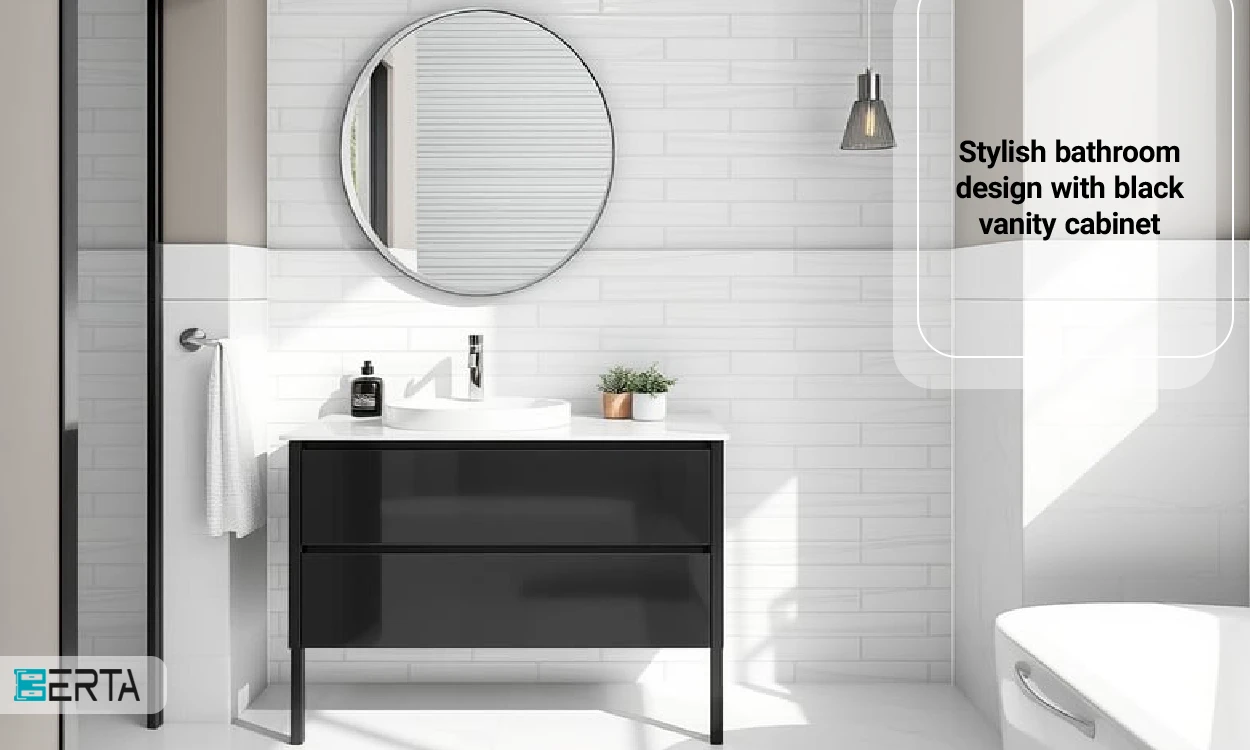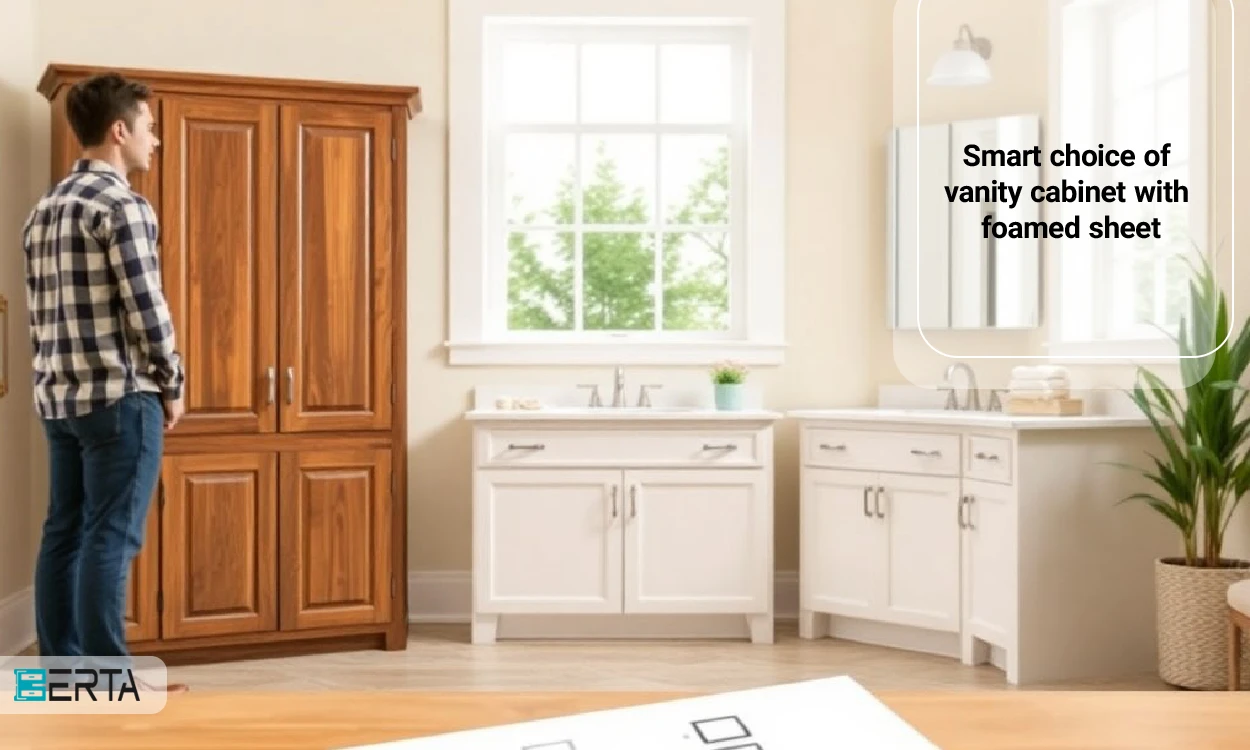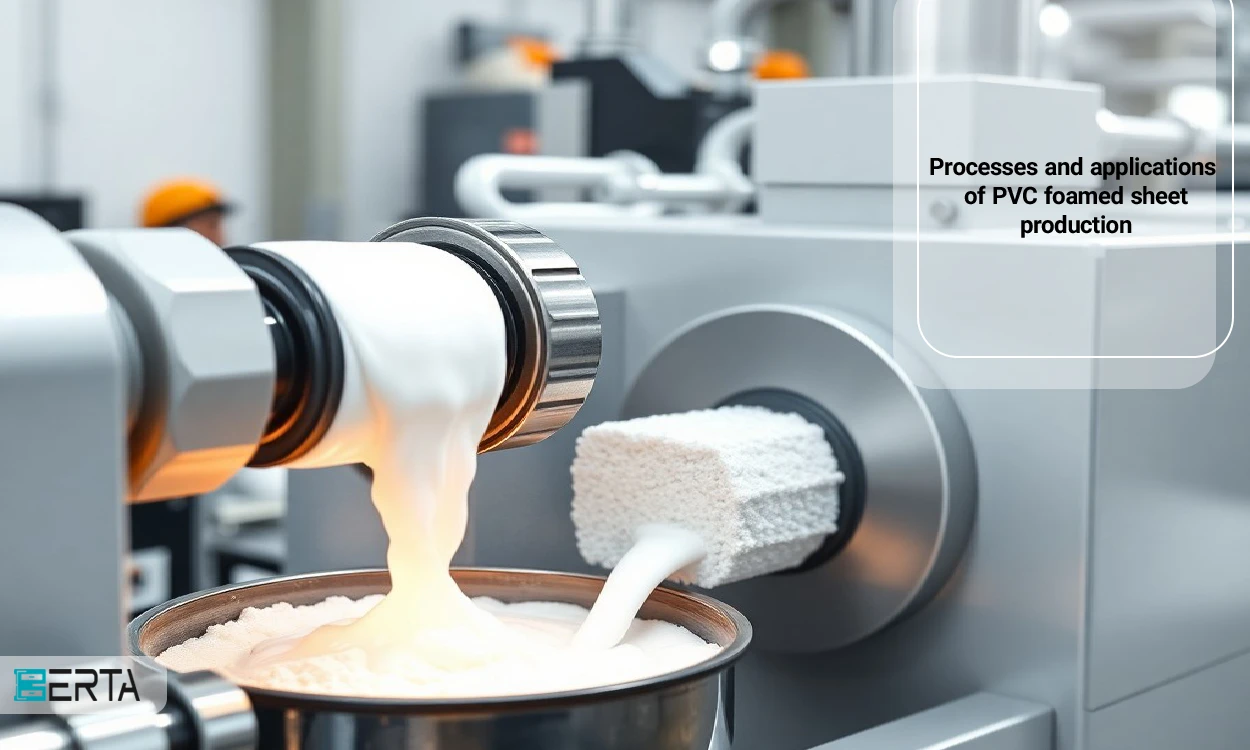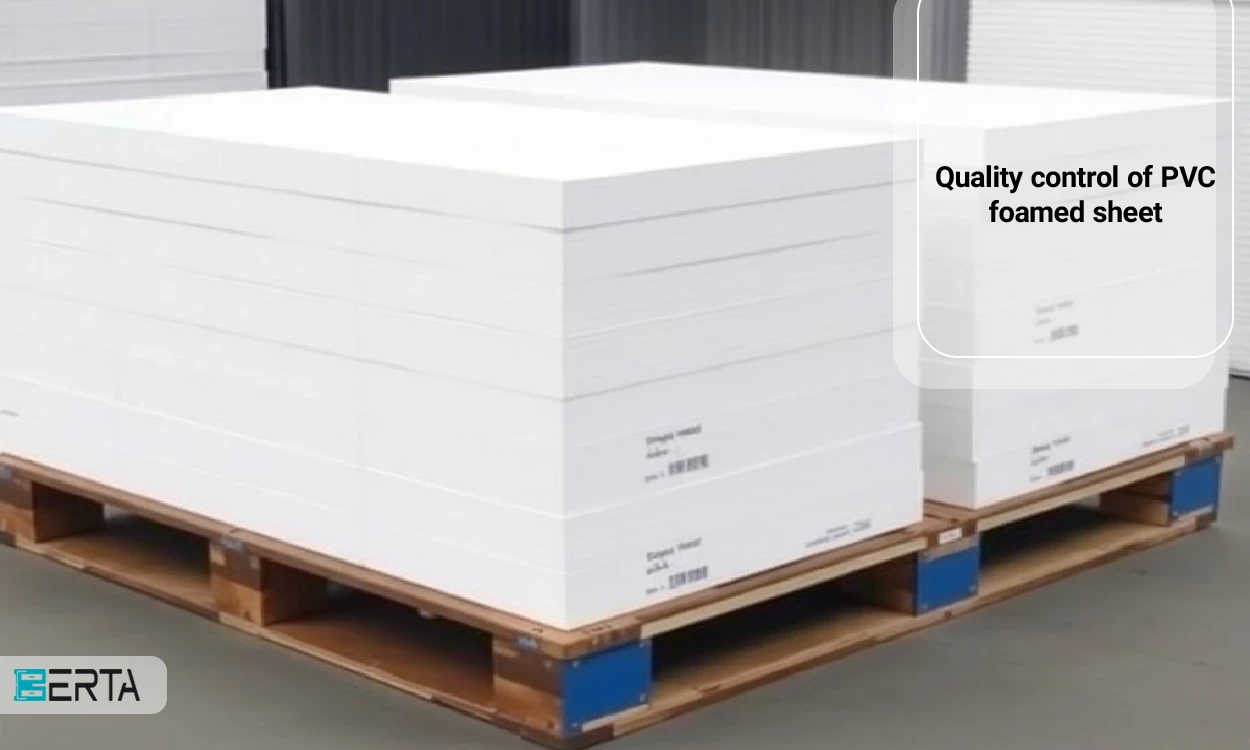It is possible to determine the quality of foamed PVC sheets in different ways. These sheets have been noticed due to their special features, including high resistance, lightweight, and compatibility with the environment. PVC foamed sheet is produced from the combination of PVC and thermoplastic additives. In the production process of this material, foaming agents and melt viscosity controllers are used to effectively control the structure of foams. These factors release gases such as carbon dioxide or nitrogen as a result of heat. Gases released inside PVC cause tiny holes. By controlling the production conditions and using suitable process aids, the size of these holes can be precisely adjusted. The final properties of the product depend on the number, size, distribution, and uniformity of these bubbles. By using special additives and strict control of the production process, it is possible to improve the quality of foamed PVC sheets.
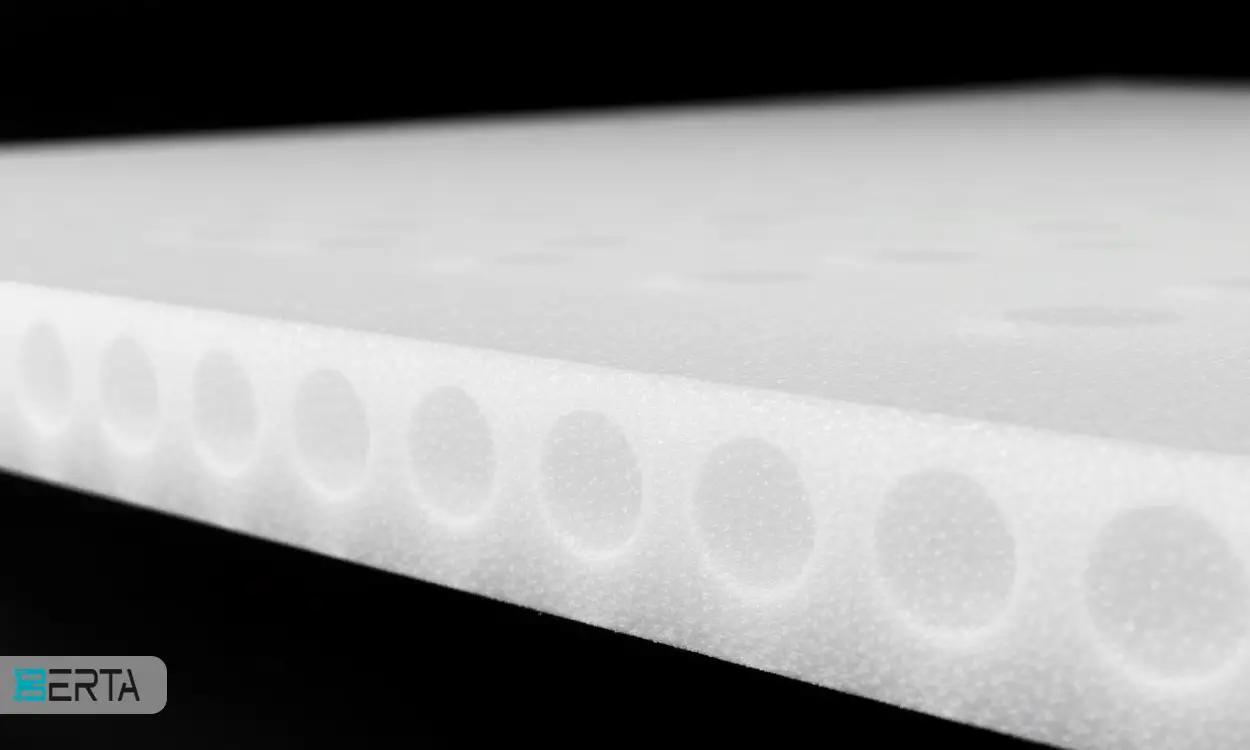
Determining the quality of foamed PVC sheet
Determining the quality of foamed PVC sheets is of great importance because these characteristics directly affect the performance and durability of the final products. In the following, the key points in determining the quality of the foamed PVC sheet will be examined:
1- The test of the sheet not being warped
The existence of warping and bending in the foamed sheet can lead to problems in the installation and final performance of the product. Warpage can affect the alignment of doors and panels and, as a result, affect the final quality of the work.
Diagnosis method
- Using calipers or visual inspection.
- Holding the sheet in hand and checking its cross-section.
2- Examining bubbles and mucus
Bubbles and bubbles in low-quality foamed sheets are created due to incorrect production processes and can lead to a decrease in the strength and efficiency of the sheet. These defects can cause problems in the installation and maintenance of screws.
Diagnosis method
- Checking the cross-section of the sheet visually.
- Attention to the distribution and size of the bubbles.
- In quality sheets, bubbles should be uniform and small.
3- Smooth and polished surface
The smooth and polished surface of the foamed sheet not only affects the appearance but also helps post-production processes such as painting and sanding. Surface roughness or inconsistency can lead to problems in later stages of production.
Diagnosis method
- Dragging the hand on the surface of the sheet.
- Check for roughness, indentation, or protrusion.
4- Surface hardness test
The hardness of the surface of the foamed sheet indicates its resistance to scratches and physical damage. Sheets with more hardness are usually of higher quality and perform better against dyeability and color absorption.
Diagnosis method
- Nail pressure on the surface of the sheet.
- Investigation of indentation after pressure.
5- Screwing test
Screwability shows the sheet's ability to hold screws and resist tensile forces. Sheets with high density usually perform better in this area and can last longer in different conditions.
Diagnosis method
- Using a special screw and trying to remove it.
- Examining the hardness and smoothness of the drill head sinking into the sheet.
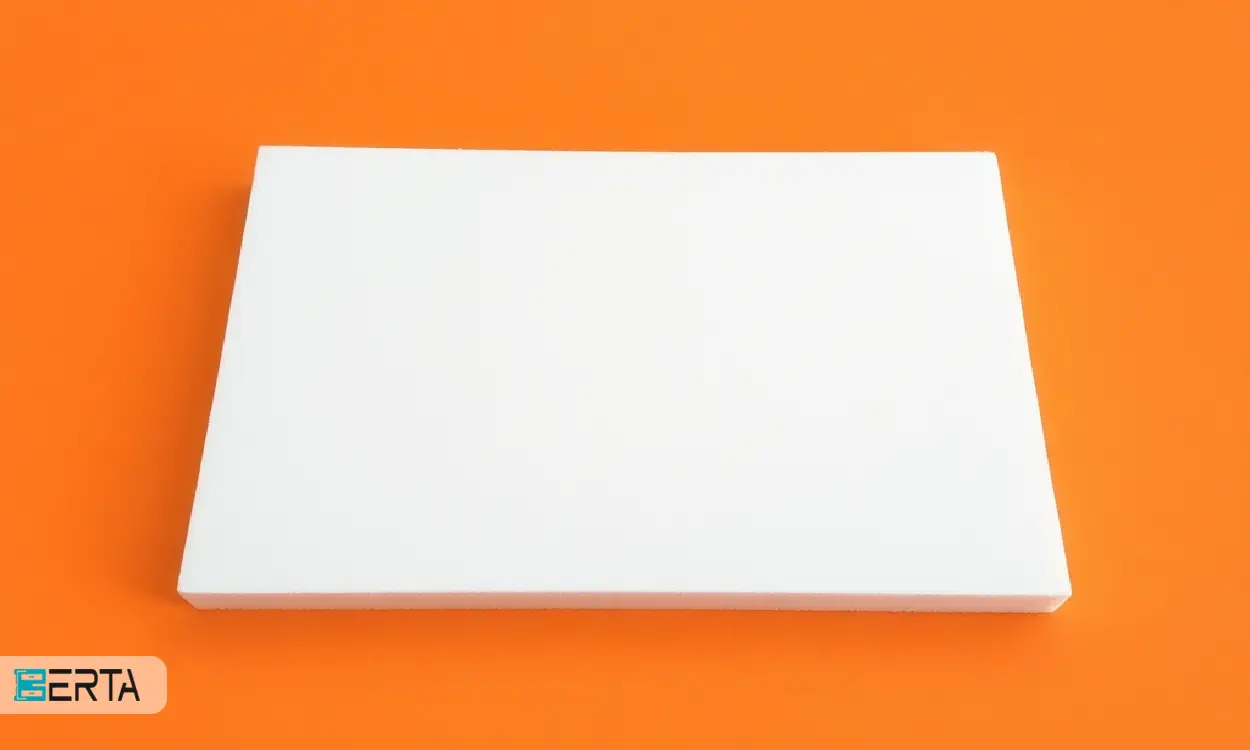
Additional points in diagnosing the quality of PVC foamed sheet
In addition to the main points, additional features can also help distinguish the quality of the foamed sheet. These features include the color, brand, thickness, and flexibility of the sheet, which can generally affect the final quality.
- Sheet color: A uniform color without stains can indicate the high quality of the sheet.
- Brand: Choosing from reputable brands such as Uniform helps to increase the assurance of product quality.
- Thickness of the sheet: proper and uniform thickness of the sheet can also indicate its quality.
- Flexibility test: Checking the flexibility of the sheet can be a sign of its quality and durability.
conclusion
Diagnosing the quality of foamed PVC sheets includes evaluating various factors that affect the performance and durability of these sheets. Among these factors, it is possible to mention the test of the lack of bending of the sheet, the examination of bubbles and stains, the smooth and polished surface, the surface hardness test, and the twisting test. In addition, additional features such as color, brand, thickness, and flexibility can also help distinguish the quality of the foamed sheet. According to the mentioned points and the choice of foamed sheets from reputable brands, it is possible to improve the final quality of products and reduce waste in the production process.




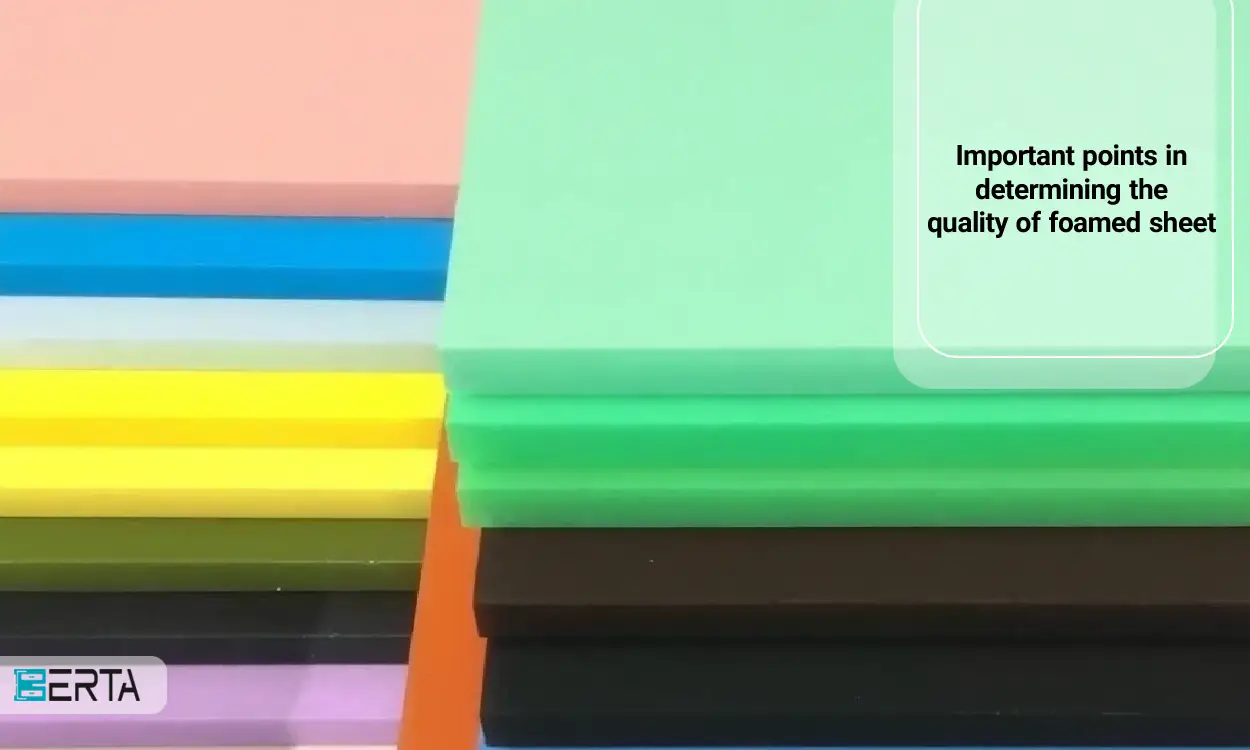
17938.jpg)
 Whatsapp
Whatsapp  Telegram
Telegram 


